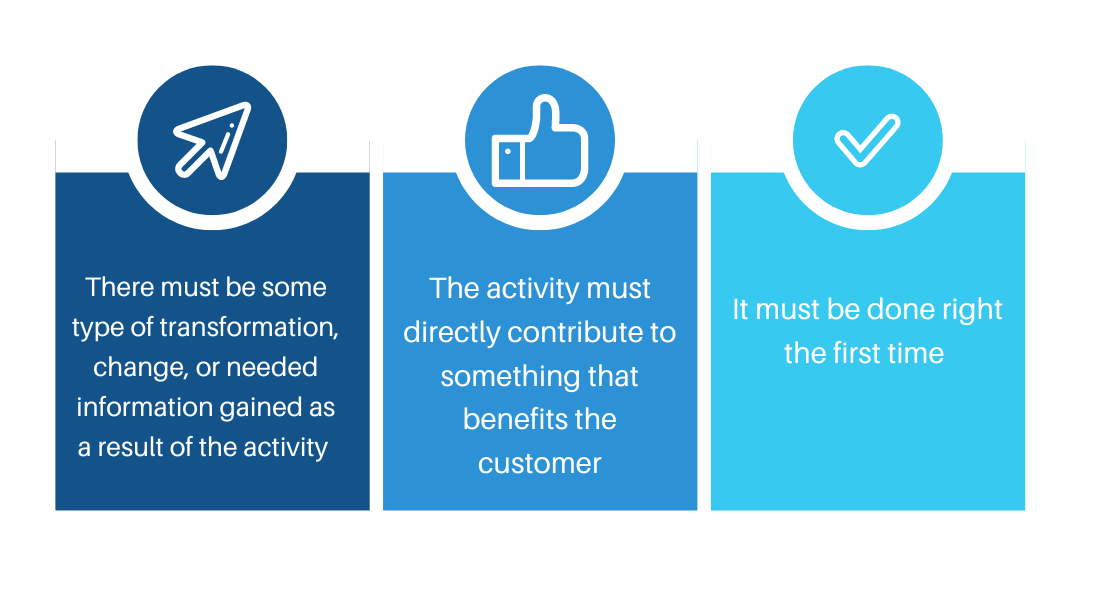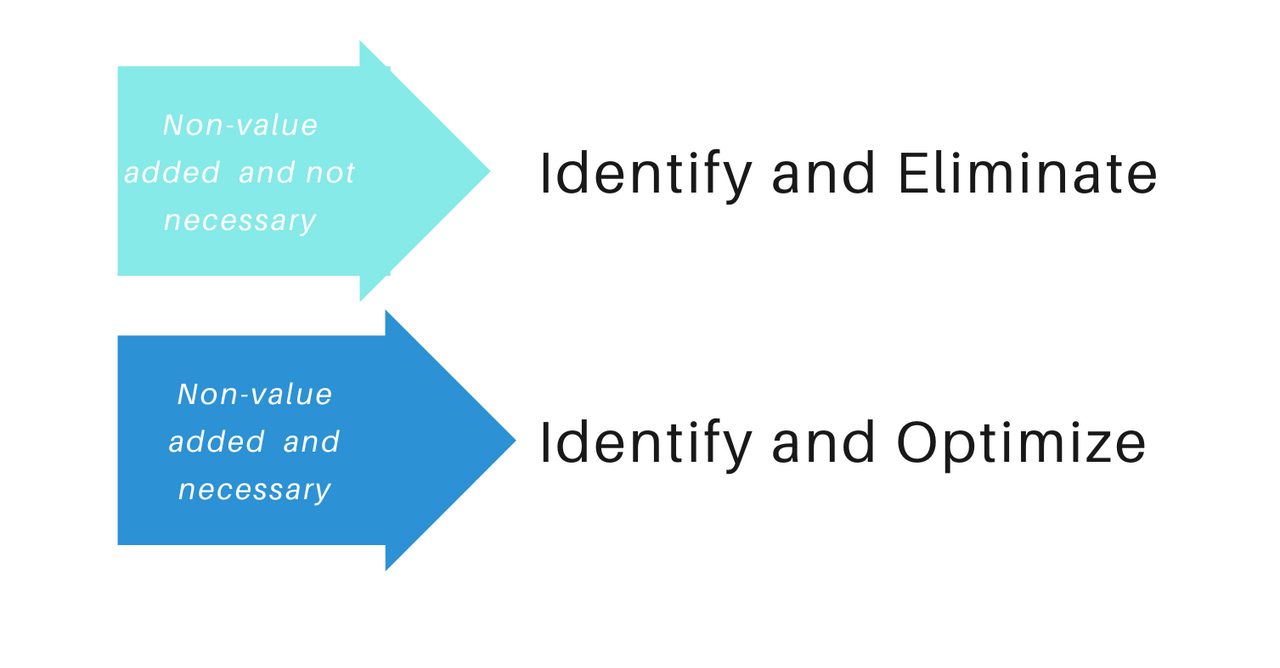|
TMM# 009: Free up valuable time by eliminating waste in your work processes
Productivity hacks are a sham, here's what to do instead.
I don't believe in productivity hacks.
Most of them are just designed to make you feel bad.
We all have time constraints. We all have work constraints. We all have unglamorous work that needs to be done to keep the train moving.
We can't always control what we must do, but we can control how we do it.
And I'm not referring to mindset.
I'm not going to tell you to slap a fake smile on your face and suck it up sally. Mindset IS important, but today I'm sharing with you how to lean your work out. Cut all the fluff and garbage out. Free up more time. You owe it to yourself to deliver quality work, without sacrificing precious time.
Last week I shared with you how to create a SIPOC to quickly identify and understand the major components of a work process. If you haven't had a chance to read it, you'll want to take a sneak peak before we dive into this week's process improvement tool.
It is the foundation of our next topic: lean value analysis.
Let's get started.
1. Lean is the systematic elimination of waste in a process
It's a way of thinking about your work in terms of creating much needed value with fewer resources and less waste.
Working lean means reducing:
- time
- redoing things because of a mistake
- required effort
- busy work
- waiting
This allows you to focus on the important stuff.
2. How does it work in real life?
To work lean means that you have to be able to identify which activities in your work add value and which activities do not.
What is value?
- Value is always defined by our customer (the person or team on the receiving end of our process)
- It is never defined by us
- If we have a different view of value from our customers, then we run the risk:
- Not delivering the service our customer wants
- Spending time and money doing things our customer doesn't care about
The first step in setting up a lean process is to fully understand value from the eyes of your customer.
3. Start by defining value-added activities
|





